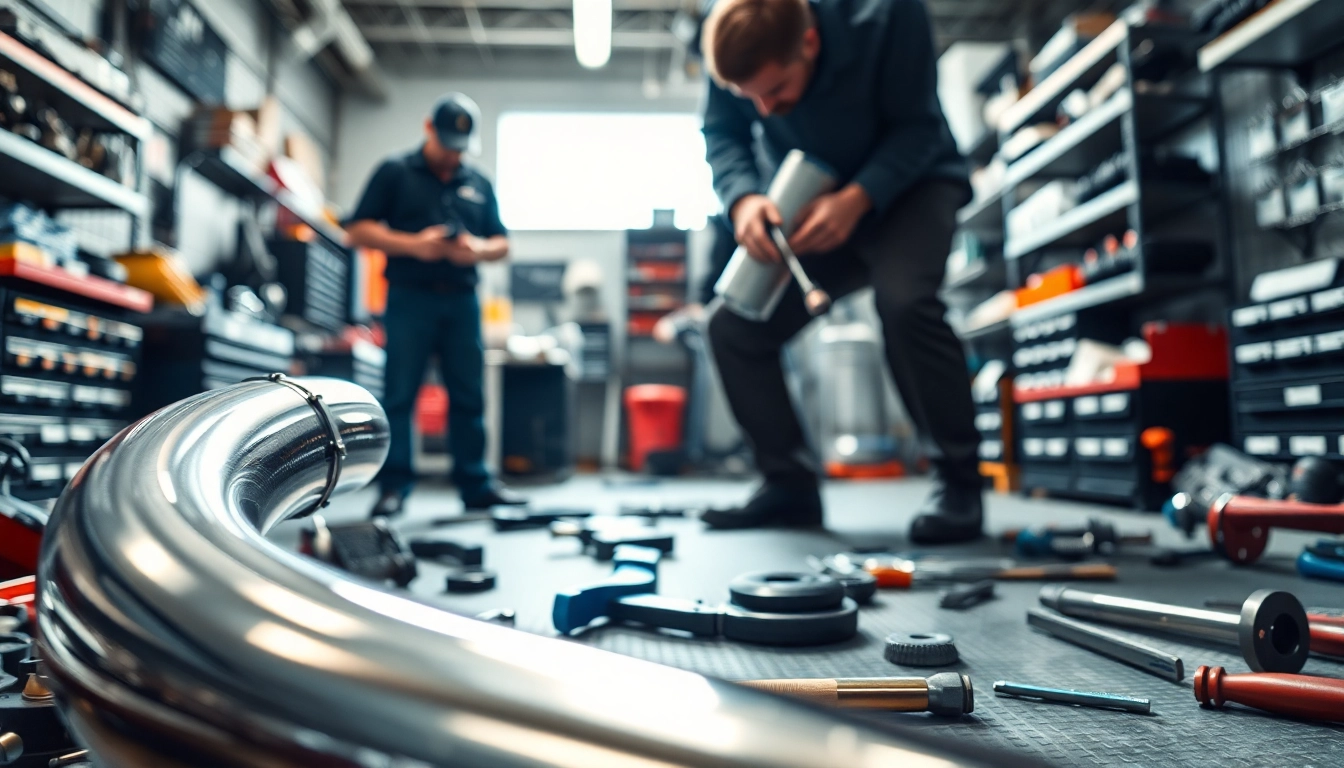Understanding Competitive Car Part Exchange
What is Part Exchange?
Part exchange, commonly referred to as part ex, is a popular method for vehicle owners looking to upgrade their existing cars. In simple terms, it involves trading your current vehicle as a form of payment towards the purchase of a new one. This process streamlines the car buying experience and allows for a smoother transition between vehicles.
Benefits of Choosing Part Exchange
Opting for a competitive car part exchange offers a myriad of advantages:
- Convenience: Part exchanging your vehicle is often faster and simpler than selling it privately. You can complete the transaction in one sitting without worrying about tire kickers or prolonged negotiations.
- Immediate Value: The value of your old vehicle is automatically deducted from the price of your new car, reducing the overall cost and making it easier to budget.
- Reduced Hassle: You don’t have to worry about advertising your car, meeting potential buyers, or dealing with payment complications, as dealerships handle all these aspects for you.
- Time-Saving: The entire part exchange process can be completed in a matter of hours, allowing you to drive away with your new car on the same day.
Common Myths About Part Exchange
Despite its advantages, misconceptions about part exchange persist. Here are a few common myths debunked:
- Myth 1: You won’t get a competitive price. Many believe dealerships lowball their offers. However, a thorough evaluation of market trends can lead to a fair value.
- Myth 2: Only old or damaged cars can be part-exchanged. In reality, even relatively newer vehicles are eligible for part exchange.
- Myth 3: You can’t part exchange if you owe money on your car loan. Although it complicates things, negative equity can still be addressed through part exchange.
Steps to Prepare for a Competitive Car Part Exchange
Evaluating the Value of Your Vehicle
One of the first steps to ensuring a competitive part exchange is to accurately evaluate your vehicle’s worth. You can research using online valuation tools, consult automotive websites, or seek advice from local dealerships to get a comprehensive idea of your car’s market value.
Gathering Necessary Documentation
To make the part exchange process go smoothly, gather all required documentation beforehand, including:
- Title of Vehicle: Proof of ownership is essential, showing that you have the right to sell the car.
- Service History: A detailed record of repairs and maintenance can significantly enhance the perceived value of your vehicle.
- Current Registration: Ensures that your vehicle is legally eligible for trade-in.
- Loan Information: If applicable, documentation regarding any outstanding loans on the car should be prepared for review.
Preparing Your Car for Inspection
Before visiting the dealership, prepare your car to create a positive impression. This can include:
- Cleaning: A thorough wash and vacuum of your car contributes to a better first impression.
- Minor Repairs: Fixing small dings, scratches, and mechanical issues may lead to a higher valuation.
- Organizing Paperwork: Present all documents neatly organized, which reflects well on you as a seller.
Negotiation Tips for a Better Part Exchange Offer
Understanding Dealer Pricing Strategies
Understanding how dealerships determine pricing can empower you during negotiations. Dealers often base their offers on current market trends, the condition of your car, and the demand for it. Staying informed about your car’s value will help you gauge if an offer is competitive.
Effective Negotiation Techniques
Negotiation is integral to securing a better part exchange offer. Here are some effective techniques:
- Be Prepared: Come armed with research and a realistic valuation of your vehicle.
- Stay Calm: Approach negotiations with a calm demeanor, which can make your requests more persuasive.
- Don’t Reveal Your Bottom Line: Keep your expectations to yourself until necessary.
How to Leverage Quotes
Reach out to multiple dealerships for quotes, leveraging these estimates during negotiations. If one dealer offers a higher valuation, use this to your advantage to negotiate with others. Do note that each offer might include different conditions attached that can affect your final decision.
Choosing the Right Dealership for Part Exchange
Researching Local Dealerships
Finding the right dealership can drastically influence your experience and the value you receive for your car. Look into both large dealership chains and smaller local dealerships, weighing their offerings and capabilities. Visiting in person can often yield better insights into their reliability.
Reading Reviews and Testimonials
Customer reviews and testimonials give insight into a dealership’s practices, helping you identify trustworthy businesses. Websites like Google Reviews, Yelp, and automotive forums can offer invaluable information regarding others’ part exchange experiences.
Identifying Special Offers and Promotions
Many dealerships may have seasonal promotions or special offers that could enhance your part exchange’s value. Keep an eye on manufacturer promotions, which can translate into increased trade-in values during specific events or holidays.
Post-Part Exchange: What to Do Next
Understanding Financing Options
After completing your part exchange, explore financing options for your new vehicle. This transfer of equity may still leave you with financing needs, and understanding the terms available to you is crucial for making informed decisions.
Protecting Your Investment
Your new car represents a significant investment. Regular maintenance, insurance coverage, and protective measures (like adding a vehicle warranty) can go a long way in preserving its value.
Getting the Best out of Your New Vehicle
Finally, ensure that you maximize the new vehicle’s potential by staying updated on recalls, maintenance schedules, and upcoming service needs. This attention to detail can enhance your driving experience while safeguarding your assets.



